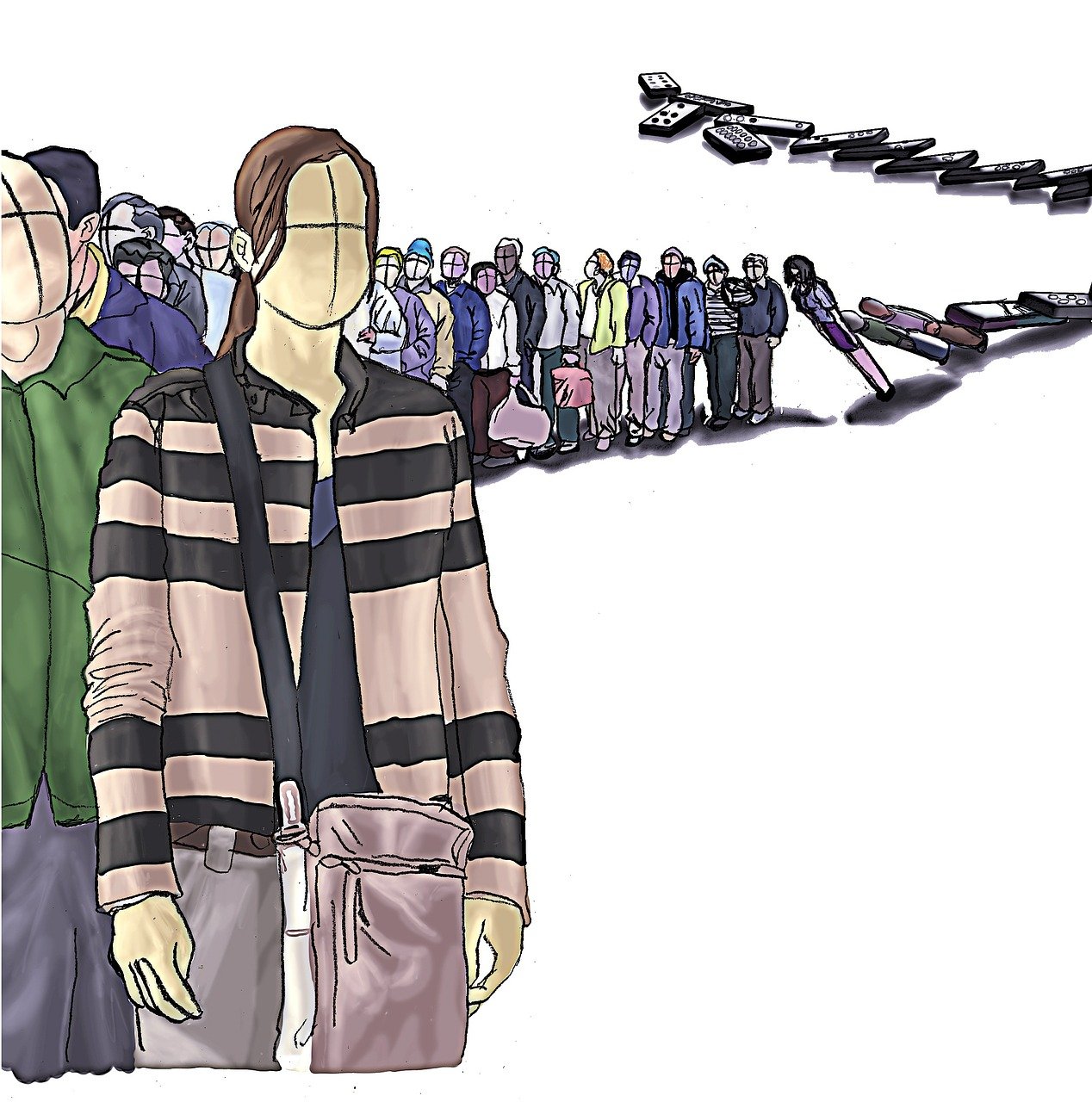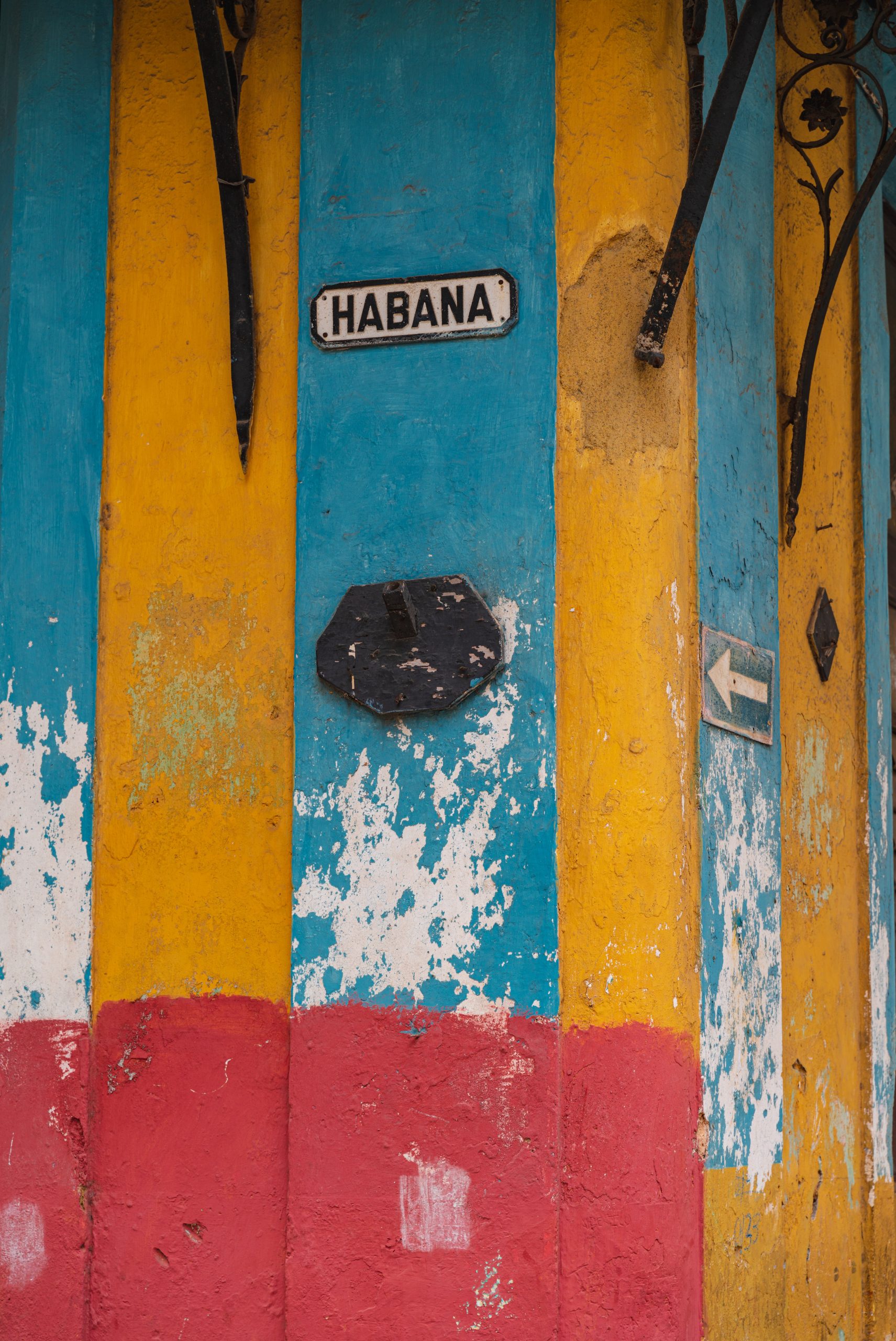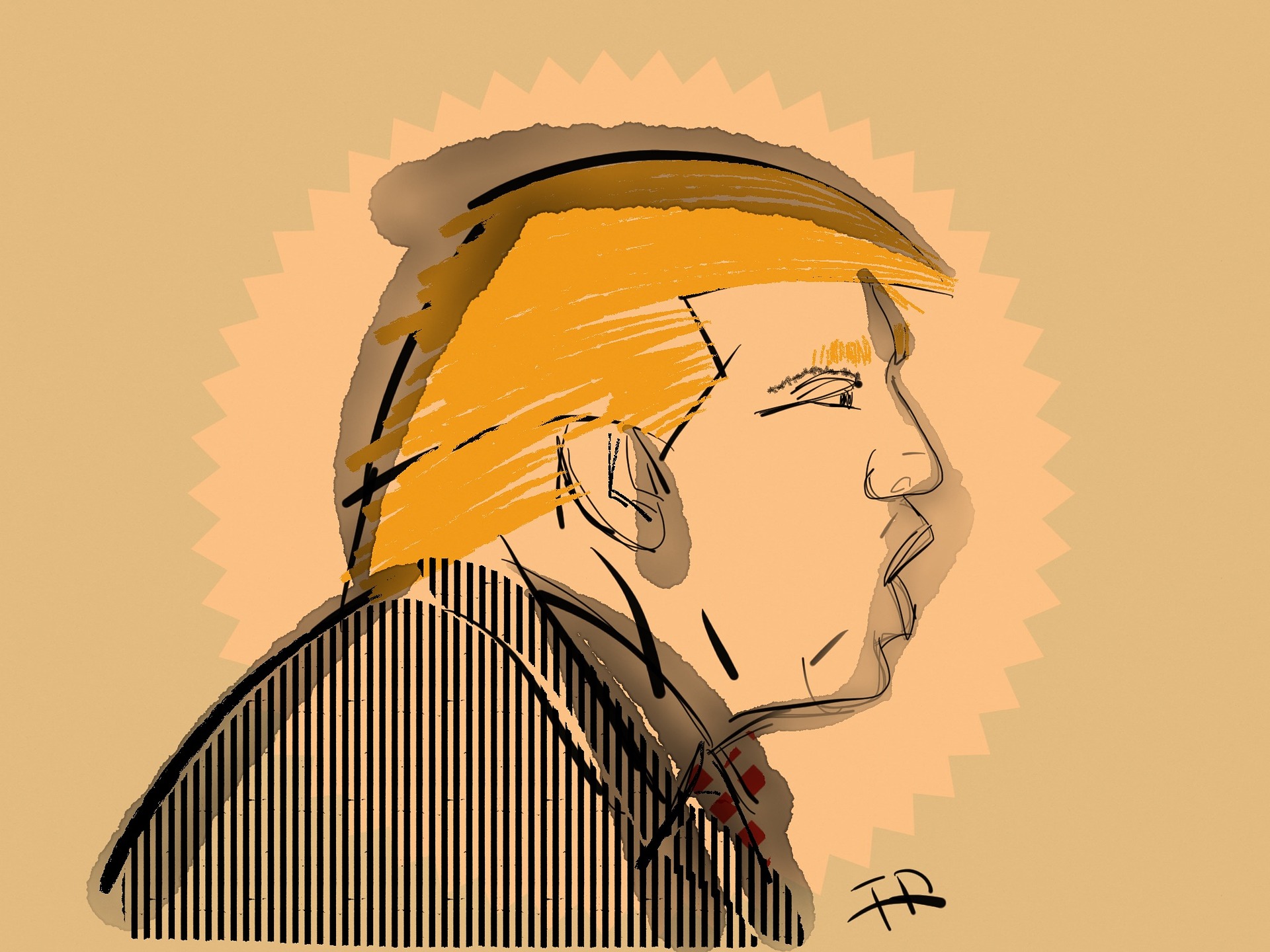We are pleased to report that today the U.S. Department of State’s Bureau of Consular Affairs published the December Visa Bulletin. Unfortunately, the December Visa Bulletin brings almost no movement.
USCIS Adjustment of Status
For employment-based and family-sponsored preference categories, the U.S. Citizenship and Immigration Services (USCIS) has confirmed it will continue to use the Dates for Filing chart to determine filing eligibility for adjustment of status to permanent residence in the month of December.
Highlights of the December 2024 Visa Bulletin
At a Glance
What can we expect to see in the month of December?
Employment-Based Categories
- The Final Action Date for India EB-2 will advance by two weeks to August 1, 2012
- The Final Action Date for India EB-3 will advance by one week to November 8, 2012
- All other employment-based Final Action Dates and Dates for Filing will remain the same in December as the previous month
Family-Sponsored Categories
- All family-sponsored Final Action Dates and Dates for Filing will remain the same in December as the previous month
For more details, please see our analysis of the December 2024 Visa bulletin below.
Employment-Based Categories
FINAL ACTION DATES FOR EMPLOYMENT-BASED PREFERENCE CASES
According to the Department of State’s December 2024 Visa Bulletin, the following Final Action cutoff dates will apply for employment-based categories in the month of December.
- No change from previous month, except for EB-2 India and EB-3 India
EB-1 Aliens of extraordinary ability, Outstanding Professors and Researchers, and Certain Multinational Managers or Executives
- EB-1 India will remain at February 1, 2022
- EB-1 China will remain at November 8, 2022
- EB-1 All other countries will remain current
EB-2 Members of the Professions and Aliens of Exceptional Ability
- EB-2 India will advance by two weeks to August 1, 2012
- EB-2 China will remain at March 22, 2020
- EB-2 All other countries will remain at March 15, 2023
EB-3 Professionals and Skilled Workers
- EB-3 India will advance by one week to November 8, 2012
- EB-3 China will remain at April 1, 2020
- EB-3 All other countries will remain at November 15, 2022
EB-3 Other Workers
 Visa Lawyer Blog
Visa Lawyer Blog













